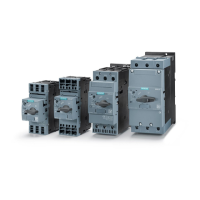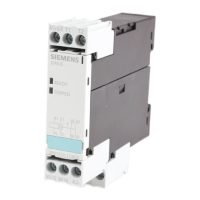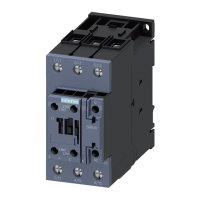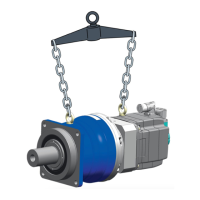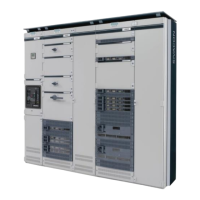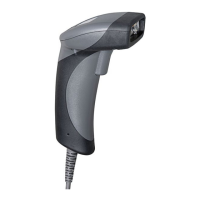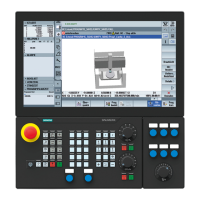SIRIUS 3RU2/3RB3 overload relays
5.4 Functions
SIRIUS Innovations
System Manual, 01/2011, A8E56203870002-03
497
Tripping characteristic curves for the 3RU21 thermal overload relay
The tripping characteristic curve for the 3RU21 thermal overload relay loaded at 3 poles (see
the figure below) applies subject to the prerequisite that all three bimetal strips are loaded
with the same current at the same time. If only two bimetal strips are heated following a
phase failure, these two strips alone have to generate the force required to trigger the
release mechanism and would need a longer tripping time or a higher current if no additional
action was taken. If these higher currents are applied over a longer period of time, they
usually cause damage to the load. To avoid damage, 3RU21 overload relays feature phase
loss sensitivity, which uses a corresponding mechanism to induce accelerated tripping in
accordance with the characteristic curve for 2-pole loading from the cold state.
Compared with a cold load, a load at operating temperature obviously has a lower
temerature reserve. 3RU21 thermal relays take account of this fact by reducing the tripping
time to approximately a quarter following prolonged loading with the setting current I
e
.
1
2
,>$@
W>V@
PLQ
t [s] Tripping time
I [A] Current
1 3-pole load
2 2-pole load
Figure 5-3 Time-current characteristic curve, schematic diagram
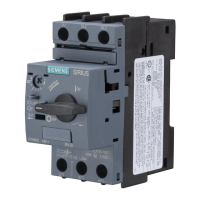
